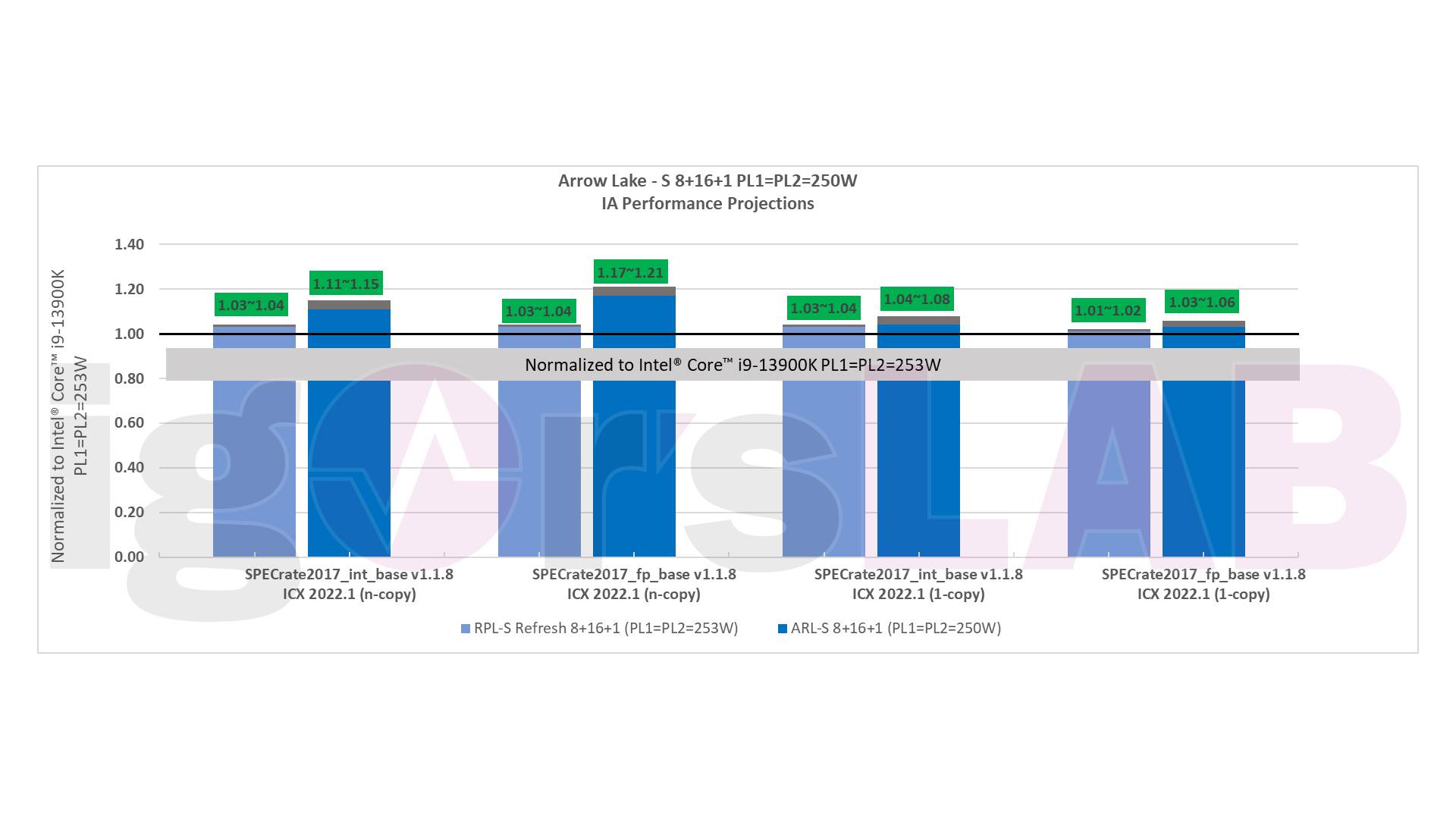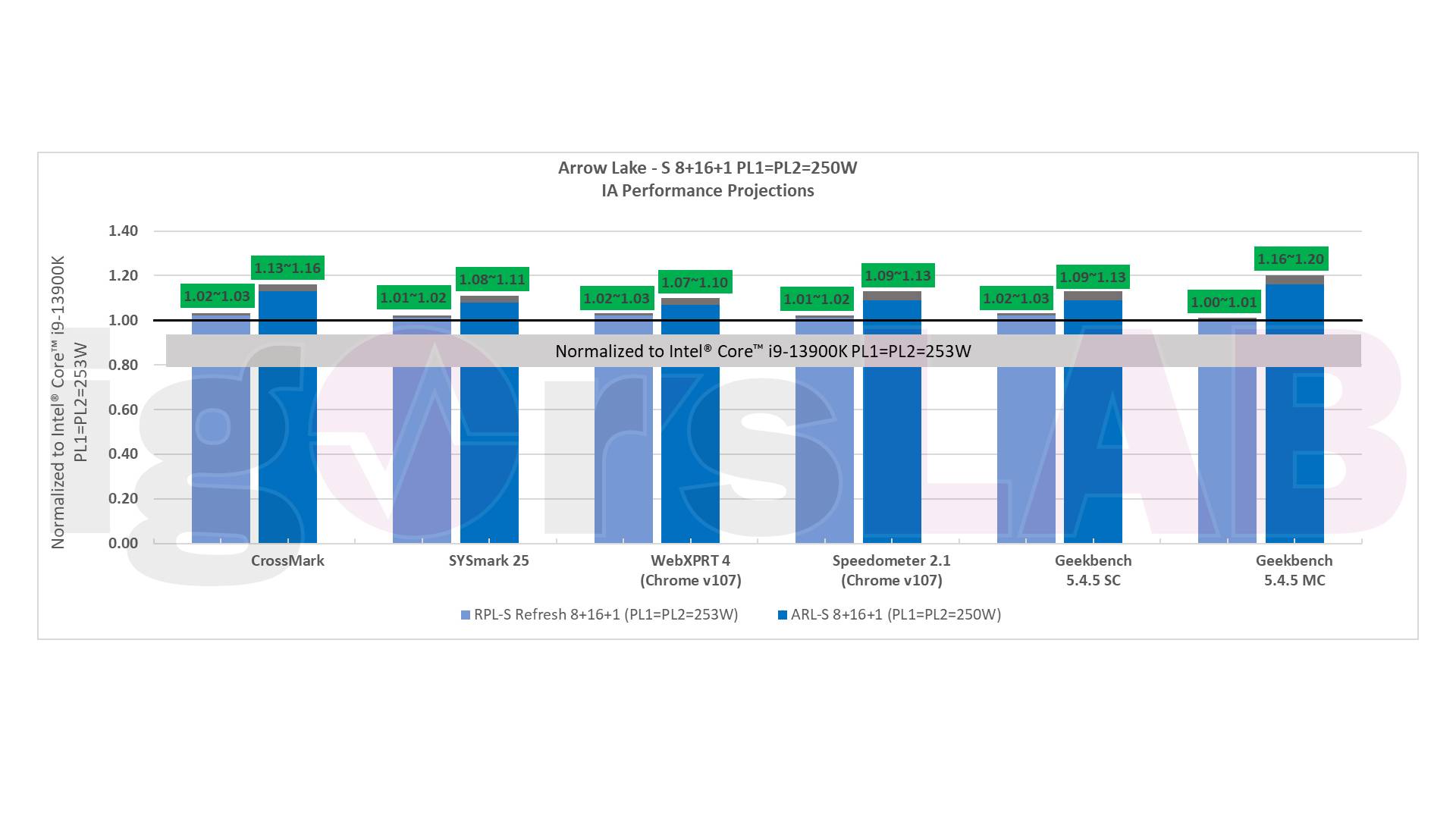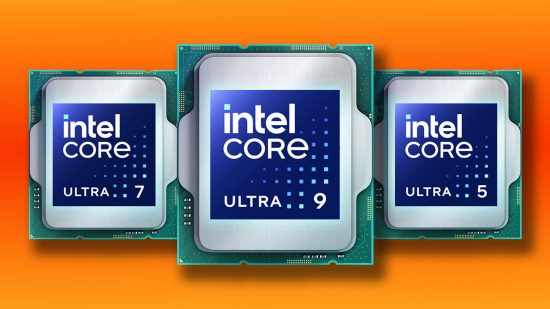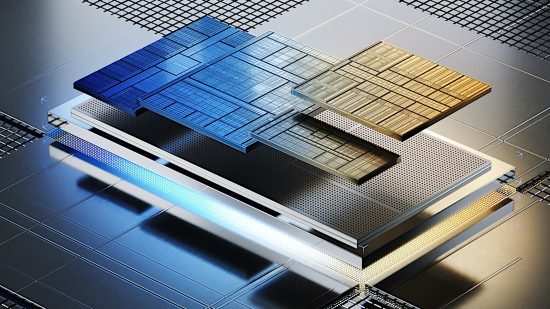It won’t be long now until the Core Ultra 200 series, otherwise known as Intel Arrow Lake, makes its debut in the desktop space. The follow-up to the company’s Raptor Lake desktop CPUs and Meteor Lake mobile CPUs, Arrow Lake is the first big desktop CPU architecture change Intel has made in many years, making it a crucial launch for the company and PC gamers alike.
While early signs give no clear indication of whether Intel‘s latest are going to be serious contenders for a place on the best gaming CPU guides of the world, there are certainly plenty of reasons to pay attention to the upcoming launch, with Intel packing the processors with a host of new technologies.
Intel Arrow Lake specs
These are the current expected Intel Arrow Lake specs, according to ongoing leaks and rumors.
| P-Cores | E-Cores | Base power | Base clock | Boost clock | L3 cache | |
| Core Ultra 9 285K | 8 | 16 | 125W | 3.6GHz | 5.5GHz | 36MB |
| Core Ultra 9 275 | 8 | 16 | 65W | 2.4GHz | TBC | 36MB |
| Core Ultra 7 265K | 8 | 12 | 125W | 2.8GHz | TBC | 24MB |
| Core Ultra 7 255 | 8 | 12 | 65W | 2.4GHz | TBC | 24MB |
| Core Ultra 5 245K | 6 | 8 | 125W | 2.8GHz | TBC | 18MB |
| Core Ultra 5 240F | 6 | 4 | 65W | 2.4GHz | TBC | 18MB |
What the steady stream of Arrow Lake spec leaks has shown so far is that one thing that won’t be a revolutionary change with these chips is the core counts and clock speeds. Like the last couple of generations of Intel chips, Arrow Lake is expected to have two different classes of cores, with low power E-Cores and powerful P-Cores. Crucially, the number of each is expected to be the same as previous generations, with a maximum of 8 P-Cores and 16 E-Cores.

These numbers should mean Intel maintains a very strong capability when it comes to multithreaded and multi-tasking performance but what will matter most for gaming will be the actual performance of the P-Cores. And on that front, while not a lot has been leaked about boost clock speeds, Intel Arrow Lake base clock and L3 cache leaks have suggested Intel’s latest may not run as fast as its 14th-gen CPUs, which topped out at 6GHz with the 14900KS.

Also making things even more challenging for Arrow Lake to maintain a performance lead is that it’s expected to drop support for hyperthreading. That’s where one P-Core can be seen by the rest of your PC as two cores, allowing for two threads to be operating at a time on it. It has been a feature of Intel CPUs for decades but details revealed by serial leaker momomo_us, suggest it could be removed.
One significant addition to Arrow Lake is expected to be more and more powerful versions of the NPU cores introduced in Meteor Lake. These are used for localized AI/machine learning tasks such as will be coming to Windows 11 with its AI monitoring and AI Explorer search features.
A crucial change to the specs of Arrow Lake will be that it uses a new LGA1851 socket, as opposed to the LGA 1700 used in several recent Intel CPU motherboards. That means that you’ll have to buy a new motherboard to use these new Intel chips. Likewise, these chips will only support DDR5, so you won’t be able to carry on using your old DDR4 RAM.
Intel Arrow Lake performance
It’s too early to truly tell how Intel Arrow Lake performance will compare Intel’s existing CPUs or rival CPUs from AMD. However, one of the earliest Intel Arrow Lake performance leaks suggested the flagship CPU – expected to be called the Intel Core Ultra 9 285K would be faster than the 13900K and 14900K.

The charts shown in this leak supposedly come direct from internal Intel testing and show that the new Arrow Lake S chip would be up to 21% faster than the 13900K and 14% faster on average. Those would be some significant gains that could easily see Intel’s latest compete will with AMD’s upcoming competitors the AMD Zen 5 series.

Beyond this initial leak there has been very little revealed about the performance we can expect from Arrow Lake. Overall, the impression is that it won’t be revolutionary – as hinted at by there being no change in the cores counts over previous generations – but whether it does enough to keep Intel competitive, we’ll have to wait and see.
Intel Arrow Lake name / Intel Core Ultra
The branding for Arrow Lake seems nailed on to fall under the overall naming scheme of Intel Core Ultra 200, following on from the Intel Core Ultra 100 series naming used for Intel Meteor Lake chips. This would mean we’d expect to see the products you can buy in shops called called things like Intel Core Ultra 9 285K, as detailed in the table above.

These desktop parts will be from the range of Arrow Lake-S chips, used for desktops which will be the direct successor to the Raptor Lake-S chips used in 13th and 14th gen Core i CPUs. Meanwhile, for mobile/laptop processors, these use a slightly different Arrow Lake-HK variant, though the processor naming scheme will follow a similar format of Intel Core Ultra 200H.
Intel Arrow Lake release date
The expected Intel Arrow Lake release date is H2 2024, with an announcement of the new CPUs expected at Computex 2024 in early Jun 2024.
It’s not clear just how soon after initially announcing its new chips that Intel will make them available for purchase but we would expect them to be on shop shelves well in time for the holiday season.
While you wait for the new chips to arrive, give our AMD Ryzen 7 7800X3D review a read to acquaint yourself with our favorite gaming CPU right now, which could see its crown snatched by upcoming processors. We also strongly recommend giving our Core i9 14900K review a look. This is the current Intel flagship, particularly if you’re looking for a chip that’s great for both gaming and production work.
